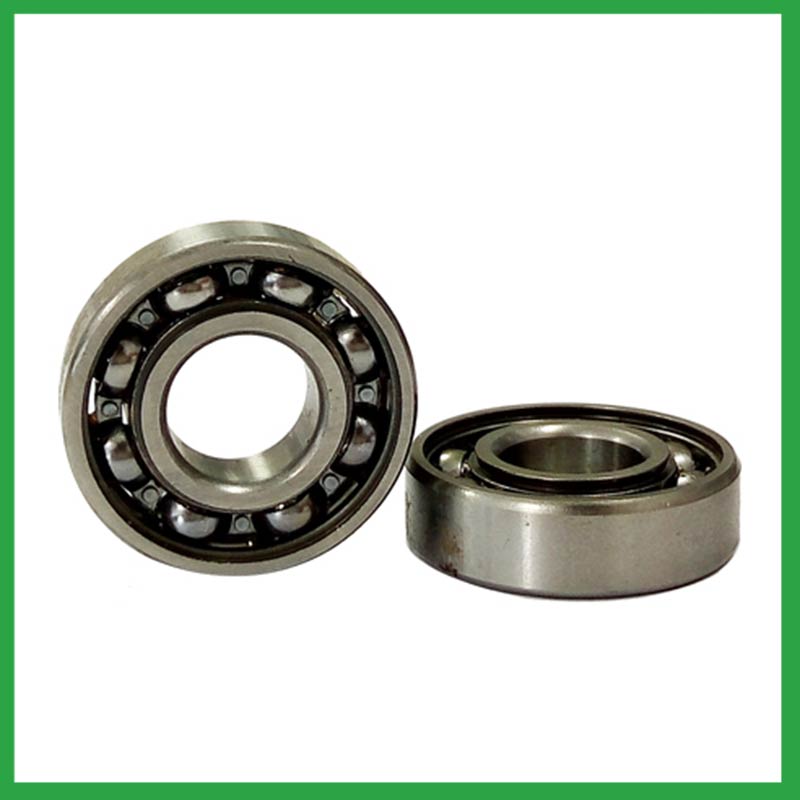PRODUCTS
CONTACT US
Ningbo Nide International Co., Ltd.
一一
· Contact person:Jack Zeng
· Mob/Whatspp/WeChat:0086-13738869026
· Email:emarketing@nide-group.com;marketing4@nide-group.com
· Add:No. 169, Wohushan Road, Daqi Subdistrict, Beilun District, Ningbo, China

Nide team could manufacture ball bearing as per customer’s drawing and samples.
If customer only has samples, we could also design drawing fo r our customer.
We also provide customized service.
Our ball bearing is widely applied the different industrials.
Ningbo Haishu Nide International produces and supplies ball bearings.We have professional technical manpower for the mixing of polymer raw materials for the insulation coating of bearings, production of products, and quality control. We will grow together with customers with accurate quality, fast delivery and competitive prices.
In years of practice, we have established a strict quality assurance system. Our product range covers motor cover and lamination,thermal protector,commutator,ball bearing,carbon brush,magnet,shaft, etc. They are widely used in fields such as water pump motor,single and three phase induction motor,compress motor,BLDC motor,air condition motor,washing machine motor,fan motor. We can produce OEM products and make the following drawings. Our principle is to prioritize service and quality!
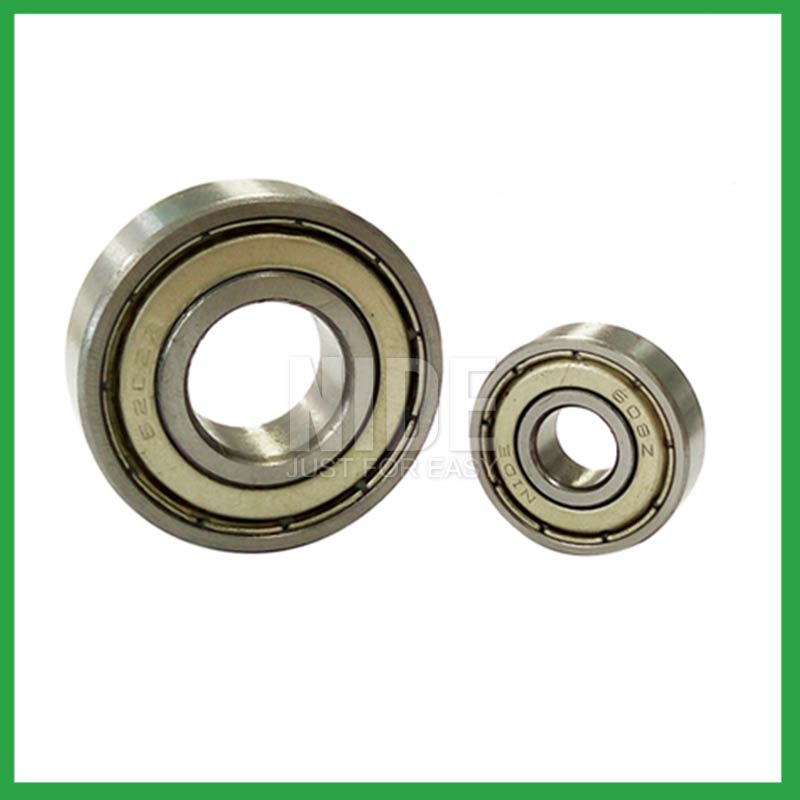
| Parameter | Information |
| Product Name | smallest ball bearing |
| Place of Origin | Ningbo,Zhejiang |
| Brand Name | Nide |
| Material | ceramics, etc. |
| Type | Ball |
| Warranty | 3months-1year |
| Port | Ningbo/Shanghai |
| Application | various industrial equipment,chemical equipment, etc. |
| Size(mm) | customize |
| Color | gray+customized |
| Precision Rating | as per customer's requirement |
| Certification | ISO 9001 Certification,CE-stator coil lacing machine,CE-insulation paper inserting machine,etc |
| Feature | High precision,Low Noise...etc |
| Packaging Details | Suitable for sea transportation |
| Service | one-stop service |
| Model Number | ball bearing |
| Supply Ability | 100000-500000 Piece/Pieces per Month |
| Lead time (days) | 15-20 (To be negotiated) |
Please note: The above table data is for reference only. For specific information, please contact us.
Bearings with ball bearings as rolling elements mainly include angular contact ball bearings,self-aligning ball bearings,thrust ball bearings,adjustable ball bearings, etc.
During the disassembly process, the outer shell should be kept intact to avoid unnecessary damage;
When replacing installation components, attention should be paid to the accuracy of the support components to prevent deformation;
During the disassembly process, attention should be paid to protecting the surface quality of the ball bearing to ensure its performance;
During the operation, attention should be paid to removing surface dust to ensure the quality of the ball bearing.
Ball bearings have many advantages, making them highly competitive in the market.
Firstly, they are very durable and have good wear performance, making their service life longer than many other types of bearings.
Secondly, they are easy to install and can provide low friction performance in various applications.
Thirdly, they require a relatively low level of maintenance, making them cost-effective.
In addition, compared to many other types of bearings, their purchase cost is relatively low, making them an economical choice.




smallest ball bearing---FAQs Guide
2.How do smallest ball bearing contribute to the overall efficiency and energy savings in industrial machinery and transportation systems?
3.Can smallest ball bearing operate in high-speed applications, and what design features make them suitable for such conditions?
4.How do different smallest ball bearing designs, such as deep groove, angular contact, or thrust bearings, cater to specific applications?
5.What maintenance practices are recommended to extend the lifespan of smallest ball bearing and prevent premature failure?
6.Do smallest ball bearing come in various tolerance classes?
7.What are the considerations for choosing between open, shielded, or sealed smallest ball bearing in specific applications?
8.What are the smallest ball bearing product skill training options?
9.Can smallest ball bearing operate in high-temperature environments like industrial ovens or furnaces, and how are they protected from heat-related damage?
10.About smallest ball bearing,What about the lead time?
11.About smallest ball bearing,Will you check the products before shipment?
12.What are the considerations for selecting sealed or shielded smallest ball bearing to protect against contamination and retain lubrication?
13.What is the load distribution within a smallest ball bearing, and how does it vary between different bearing configurations?
14.Are there ongoing research and development efforts aimed at improving smallest ball bearing materials, designs, and lubrication techniques?
15.Can smallest ball bearing be used in both vertical and horizontal orientations?
1.Can smallest ball bearing be customized with special coatings or treatments to meet specific industry standards or regulatory requirements?
Yes, smallest ball bearing can be customized with special coatings or treatments to meet specific industry standards or regulatory requirements.
1. Corrosion-resistant coatings: These coatings are used to protect the bearings from corrosion caused by exposure to moisture, chemicals, and other corrosive substances.
2. High-temperature coatings: These coatings are used to improve the thermal stability and performance of bearings in high-temperature environments.
3. Food-grade coatings: These coatings are specially designed for applications in the food and beverage industry, where bearings come into contact with food, beverage, or pharmaceutical products.
4. Anti-static and non-conductive coatings: These coatings are used to dissipate static electricity, which can cause damage to electronic components.
5. Specialized lubrication treatments: Bearings can be treated with specialized lubricants that meet specific industry standards or regulatory requirements.
2.How do smallest ball bearing contribute to the overall efficiency and energy savings in industrial machinery and transportation systems?
The balls roll along the raceway, allowing for smooth rotation of the machinery or equipment. Ball bearings are used to support rotating, reduce friction and support radial and axial loads in high-load, high-speed applications where reliability and efficiency are critical.
3.Can smallest ball bearing operate in high-speed applications, and what design features make them suitable for such conditions?
They have very low rolling friction and are optimized for low noise and low vibration. This makes them ideal for high-speed applications. smallest ball bearing are comparatively easy to install and require minimal maintenance.
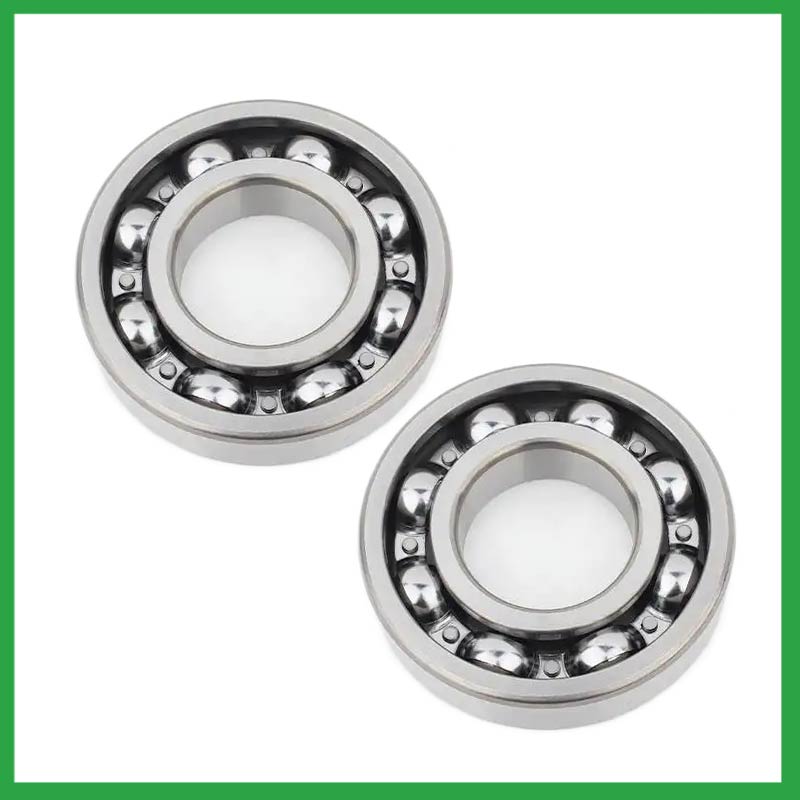
4.How do different smallest ball bearing designs, such as deep groove, angular contact, or thrust bearings, cater to specific applications?
Deep groove smallest ball bearing: Deep groove ball bearings are the most common type. They can handle both radial and axial loads. Angular contact ball bearings: Angular contact ball bearings have higher than average internal axial clearance. They can handle axial loads in one direction and moderate radial loads.
5.What maintenance practices are recommended to extend the lifespan of smallest ball bearing and prevent premature failure?
Proper handling and installation of smallest ball bearing is essential to preventing premature failure. Ensure that bearings are stored and transported in a clean, dry, and vibration-free environment. During installation, ensure that bearings are properly aligned, and torque is applied correctly.
6.Do smallest ball bearing come in various tolerance classes?
Bearing tolerances are standardized by classifying bearings into the following six classes (accuracy in tolerances becomes higher in the order described): 0, 6X, 6, 5, 4 and 2.
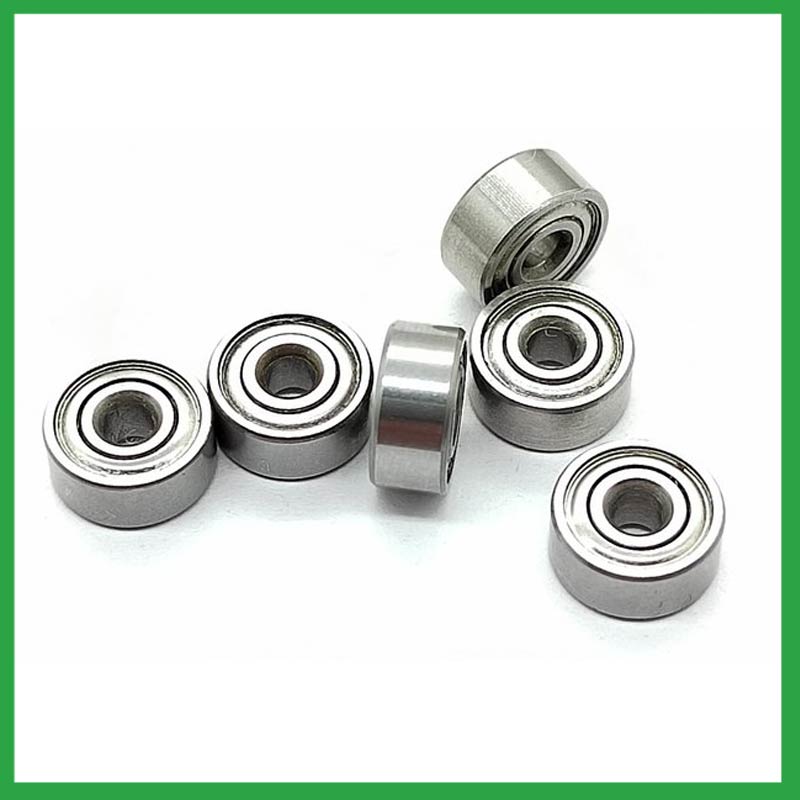
7.What are the considerations for choosing between open, shielded, or sealed smallest ball bearing in specific applications?
While sealed bearings offer superior protection and maintenance advantages, shielded smallest ball bearing can be more suitable in situations where minimal friction and operating temperature are crucial. It's essential to assess the operational environment and demands before making a selection.
8.What are the smallest ball bearing product skill training options?
Quality comes from being controlled rather than be done. On the basis of the escalating production equipment and optimized process, Nide spare no efforts and keeps improving for quality control. Quality assurance covered with system, technology and human resources are in full swing.
9.Can smallest ball bearing operate in high-temperature environments like industrial ovens or furnaces, and how are they protected from heat-related damage?
smallest ball bearing are capable of working at temperatures up to +842°F (+450 °C). Special lubricants, seals and coatings make this possible by protecting the ball bearings from heat damage.
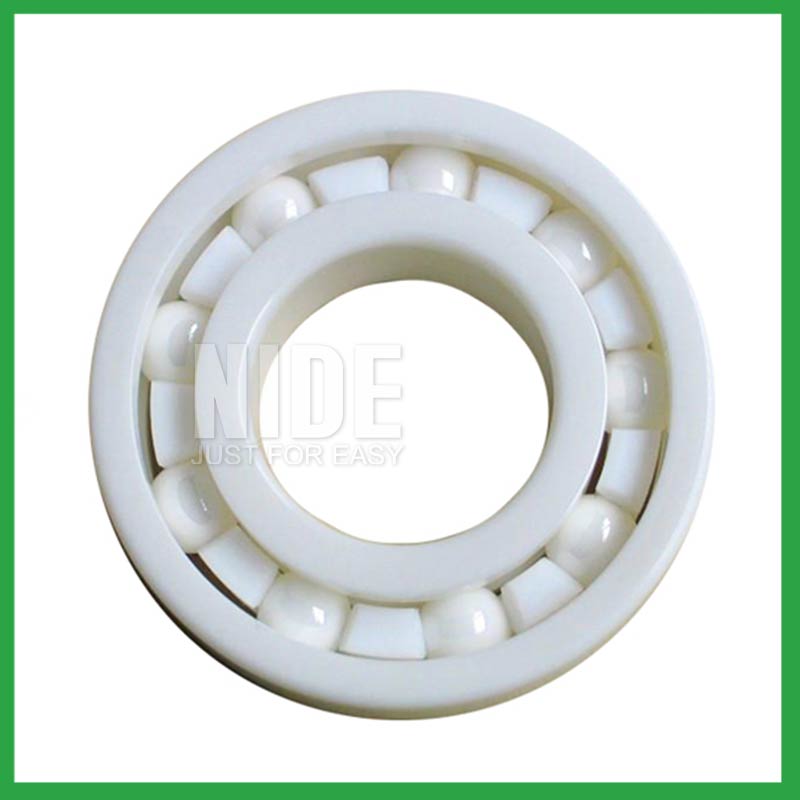
10.About smallest ball bearing,What about the lead time?
3-7 days for samples, 3-4 weeks for mass production.
11.About smallest ball bearing,Will you check the products before shipment?
Yes, We have a professional QC team. Products will be strictly inspection before shipment.
12.What are the considerations for selecting sealed or shielded smallest ball bearing to protect against contamination and retain lubrication?
First, the environment in which your smallest ball bearing operate in can help you identify potential contaminants, allowing you to select your shields or seals accordingly. For example, shielded bearings have a gap that can allow finer contaminants or water from washdown applications to enter the bearing and get into the raceways.The challenge for sealing bearings is to seal the bearing by protecting the bearing from contaminants and running efficiencies.
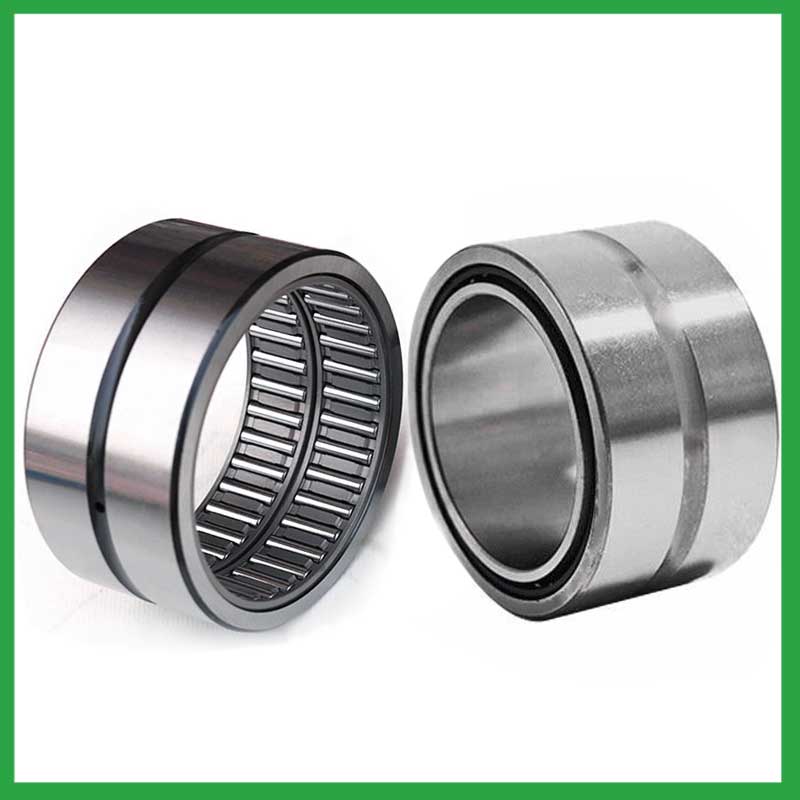
13.What is the load distribution within a smallest ball bearing, and how does it vary between different bearing configurations?
The load distribution between the rolling elements and raceway is crucial in performance evaluation of rolling element bearings. Determine the load distribution by measuring the strain response at the bearing surface with a notched housing. Finite element analysis shows that the introduction of notches does not affect the load distribution. An experimental system was developed to investigate the load distribution in a cylindrical roller bearing. The experimental static load distribution agrees well with the theoretical calculation. The dynamic load at specific position of load zone reflects the manufacture difference among rollers and dynamic balance of distributing loads.
14.Are there ongoing research and development efforts aimed at improving smallest ball bearing materials, designs, and lubrication techniques?
A custom smallest ball bearing can satisfy almost any customer’s needs. Your application may need a needle roller or ball bearing, a radial or angular contact design, a plain carbon steel bearing with anti-corrosion coatings or stainless steel, a thrust bearing or a spherical bearing, tight or loose radial play, sealed or non-sealed designs
15.Can smallest ball bearing be used in both vertical and horizontal orientations?
Sleeve Bearings: Sleeve bearings, also known as plain bearings, employ a simple yet effective mechanism. A cylindrical sleeve separates the rotating shaft from the stationary portion of the bearing, reducing friction and enabling smooth rotation. Sleeve bearings are characterized by their quiet operation, cost-effectiveness, and suitability for horizontal mounting orientations.
Ball Bearings: Ball bearings introduce small metal balls between the moving parts, providing enhanced durability and reduced friction. This design allows for smoother and more efficient rotation, making ball bearings well-suited for high-performance applications and vertical installations.
